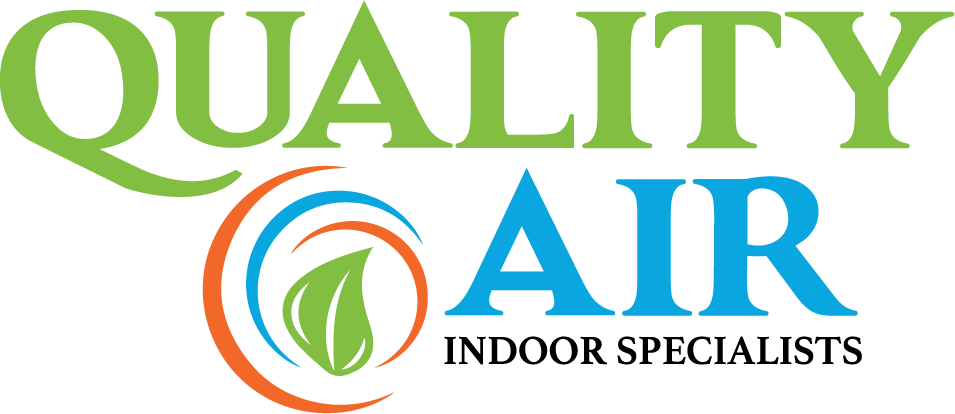
Our news is saturated daily with reports of the food industry’s lack of transparency around ingredients on food labels. Fortunately, public awareness and subsequent support from lobbying is giving way to improved visibility of what is really in our food, leading to healthier consumer decisions. Most Americans eat three to five times per day, yet people breathe an average of 25,000 – 30,000 times EVERY, SINGLE DAY, with infants breathing at a rate closer to 70,000 times per day. Given the comparison of this statistic, air quality is quite possibly the single, most important variable in living your most healthy life, yet it often remains overlooked.
What makes my indoor air unhealthy?
- Burning candles might get us in the holiday mood, but the volatile organic compounds emitted during the burning process have been linked to cancer and asthma.
- Pets are a big factor in adding to allergy and asthma triggers. Pet hair is also a supreme medium for unhealthy, airborne growth issues.
- Open windows or poorly sealed windows and doors introduce allergens and outdoor pollutants into your home, adding to already existing indoor pollutants.
- Dirty, clogged air filters not only restrict your HVAC system’s airflow and cause it to work harder, but also decrease air circulation and cause potential moisture build-up in the ducts leading to growth and health issues.
- Cooking also adds volatile organic compounds and presents health concerns when they aren’t cleared from the indoor air. These pollutants are easily minimized and/or removed with a whole home air purifier.
- Newly constructed homes are being built tighter to help increase efficiency. However, a home that is too tight can affect ventilation, leading to mold and bacteria and allergens circulating in the air we breathe.
- Bathrooms without exhaust fans leave moisture and gases in the house which cause the perfect environment for air quality issues.
- Fireplaces not properly vented to the outside can cause carbon monoxide (CO), a deadly gas, to build up inside the home. Be certain to have a working CO detector in your home to alert you of potential issues with your fireplace or furnace heat exchanger.
- Carpet and furniture harbor dust and mites. Activity in the home causes these pollutants to float into the air. Frequent vacuuming with a HEPA filtered vacuum and quality air purification can drastically reduce health air issues presented from this.
Common issues caused by poor air quality:
- Headaches
- Sleep issues
- Fatigue
- Shortness of breath
- Sinus congestion
- Coughing
- Sneezing
- Dizziness
- Nausea
- Irritation of the eyes, nose, throat and skin
Quality Air of the Carolinas specializes in tested and proven techniques and systems to turn your HVAC system into a preventative health machine.
Consider giving the gift of clean air this holiday season. The perfect gift for new homeowners, elderly, infants, people with existing immunocompromised health issues and families wanting to improve sleep and energy, reduce allergies, fight asthma triggers and decrease the spread of seasonal allergens, viruses and bacteria. Visit us at QAOTC.com to learn more or call us at 704-997-5778 to schedule your Air Health Assessment.





